13 American Cars To Stay Away From Buying
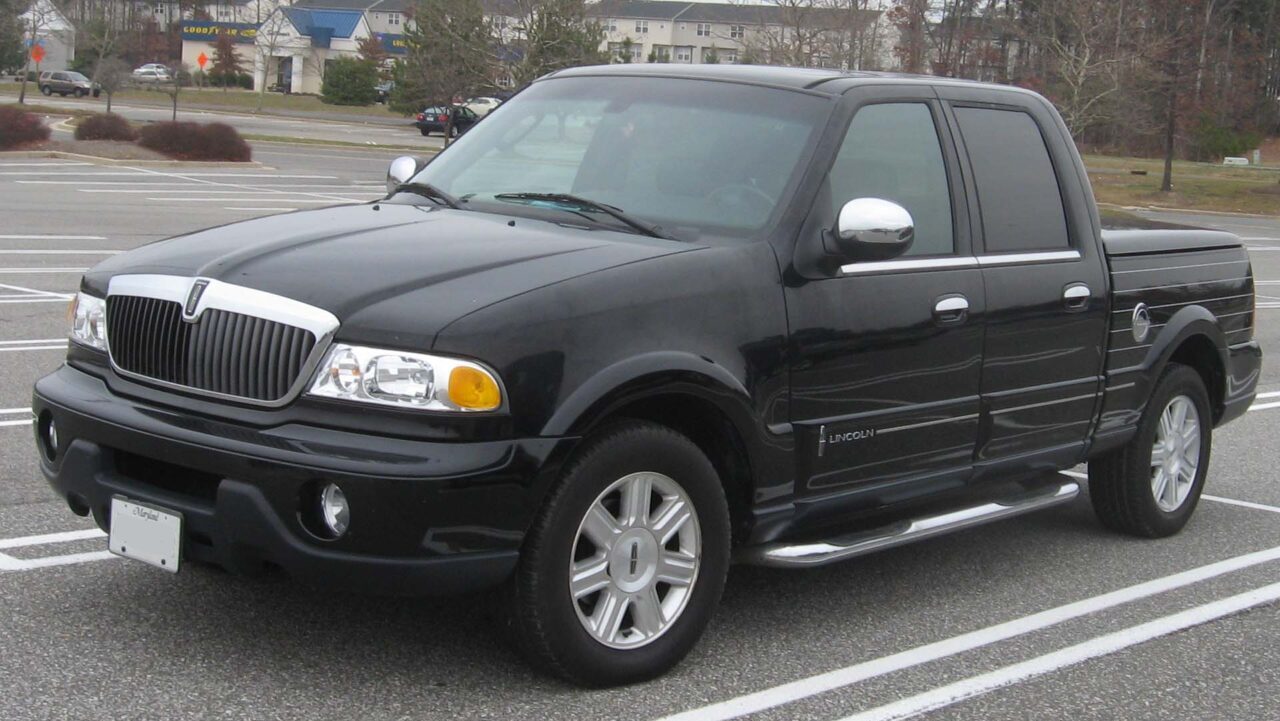
The American auto industry is one of the oldest in the world. It has produced many iconic vehicles that every gearhead would love to own, including the 1963 Chevrolet Corvette Sting Ray, Shelby Cobra 427, Ford GT, and many others. However, for every great American car, there are countless others that gearheads must avoid at all costs.
There are certain reasons why gearheads should steer clear of each vehicle listed below, ranging from poor design, woeful build quality, power, reliability, driving dynamics, and more.
We analyzed every American vehicle ever made and picked 13 that every buyer or collector should stay away from, giving our reasons in each case.
Dodge Viper SR I
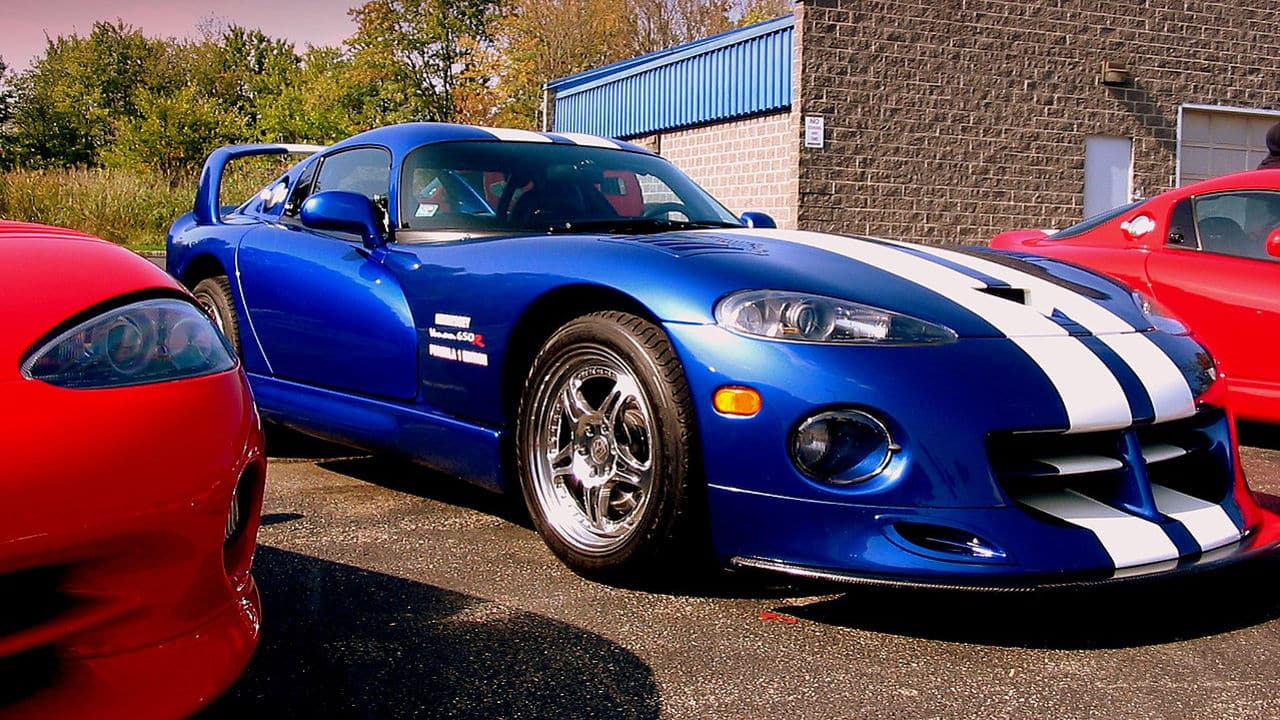
Before you start throwing stones at us, we agree that the first-generation Viper is one of the greatest American sports cars ever made. It wowed gearheads with its exotic design in the ’90s and, of course, its humongous 8.0-liter V10.
However, the Viper wasn’t nicknamed “The Widowmaker” for no reason. For one, all its power goes to the rear wheels, making it a handful even for experienced drivers. To make things worse, the first-gen Viper lacked key driving aids like traction control and ABS, making it even harder to control. The first-gen Viper is great if you want to keep it in a garage as an appreciating investment, but you have to be a highly skilled driver to drive it and enjoy its V10 power.
1982 Chevrolet Camaro Iron Duke

The third-generation Camaro debuted in 1982 with many changes. For one, the design was more sporty than muscular — a change that many welcomed. There were changes under the hood, most notably introducing a four-cylinder engine to the Camaro lineup for the first time. People didn’t like this one.
The engine, known as the Iron Duke, made less than 100-hp, which was embarrassing for a “muscle car.” Thankfully, Chevrolet introduced other versions of the third-gen Camaro with better engines and more power.
Pontiac Fiero

If there’s one missed opportunity that haunted Pontiac, it’s the Fiero. During the Fiero’s development in the early ’80s, there was a high demand for reliable, fuel-efficient sports cars that could compete with Japanese imports like the Toyota MR2. With its exquisite design, the mid-engined Fiero would have dominated, but GM messed up by not providing enough funding for its development.
As such, Pontiac used leftover parts to build the Fiero and equipped it with the terrible Iron Duke engine, leading to terrible performance and reliability issues. The Fiero also had safety issues as it would randomly burst into flames. Unsurprisingly, Hagerty values the Fiero at less than $10,000 today.
1974 Ford Mustang II
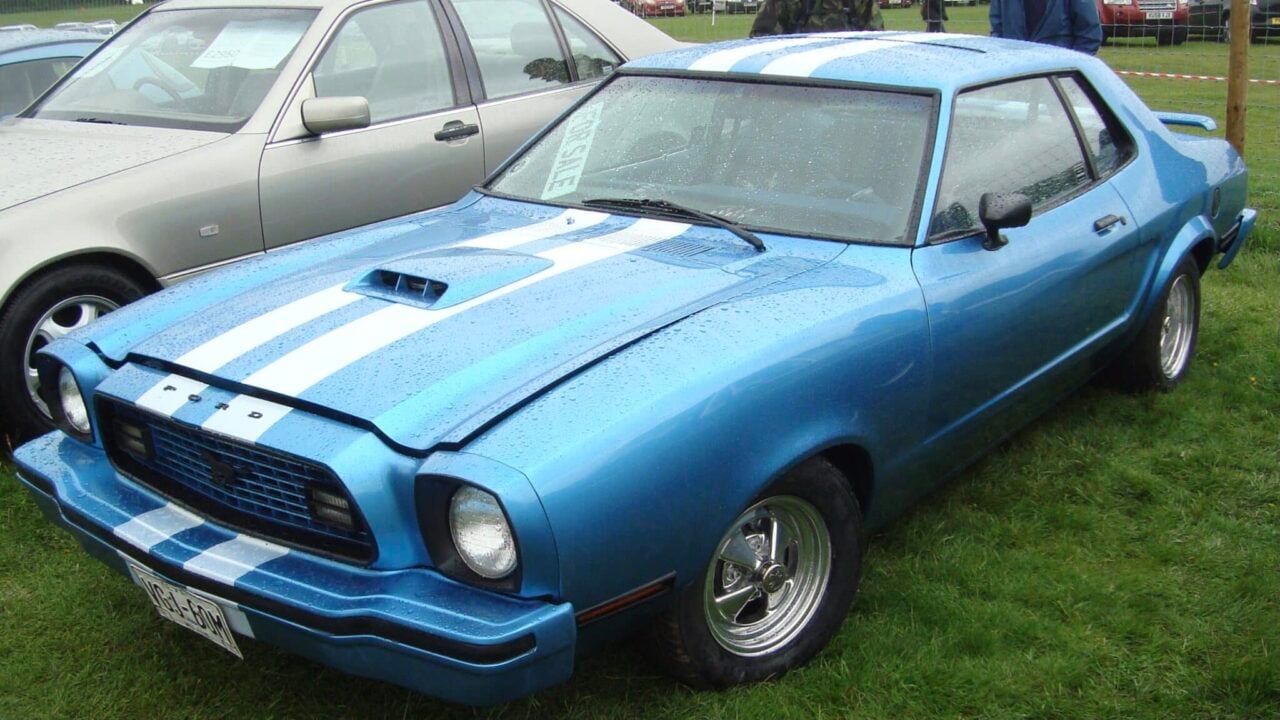
The first-generation Ford Mustang is among the best classic cars ever, as it brought affordable performance to the masses and helped grow the muscle car segment. Unfortunately, the same cannot be said about the second-generation version, popularly known as the Mustang II.
The Mustang II debuted in 1974, about a year before the oil crisis. Ford wanted the new Mustang generation to be more fuel efficient to comply with the new emission restrictions and compete against Japanese imports, so the Mustang II was based on the subcompact Ford Pinto and equipped with underpowered engines — it never made more than 150-hp.
1975 Chevrolet Corvette

The C3 Corvette debuted in the late ’60s and was a massive hit, spawning incredibly powerful versions like the 1969 ZL1. Unfortunately, the Corvette was yet another victim of the oil crisis that kicked off in the mid-70s.
In 1974, the most powerful Corvette had a 7.4-liter V8 with 270-hp on tap. A year later, it had a much smaller engine — a 5.7-liter V8 making 205-hp. Needless to say, gearheads were not happy.
Pontiac Aztek

In the early 2000s, someone at GM’s Pontiac division had an idea to build a crossover SUV that would help turn the struggling company’s fortunes around. Being the early days of SUV adoption in the country, a crossover SUV would have helped Pontiac avoid going out of business had it been done right. Unfortunately, things went south.
While the Aztek could have been a competent, useful crossover SUV, its biggest problem was its design, which was vomit-inducing at best. It looked deformed and scary, leaving anyone who saw it wondering who designed it. Not even a vital role in the famous Breaking Bad TV show could save the Aztek’s legacy.
Shelby Cobra Super Snake

Like the aforementioned Dodge Viper, this is another iconic American car we recommend avoiding unless you’re a professional racing driver.
If there’s one thing gearheads will always remember the legendary Carroll Shelby by, it’s the Shelby Cobra. Shelby built the Cobra by equipping a British roadster with an American V8, creating one of the most popular ’60s sports cars.
However, as powerful and fun as the Cobra was, Carroll Shelby wanted more power, so he built a special “Cobra to end all Cobras.” Dubbed the Cobra Super Snake, this insane car had its power boosted to over 800-hp, making it unbelievably fast.
Carroll Shelby built two Super Snakes, one for himself and another for his friend Bill Cosby, who gave it back to Shelby almost immediately as he found it difficult to control. Only one Super Snake survives today, and it sold at an auction for $5.5 million.
1978 Dodge Challenger

The first-generation Dodge Challenger had a great run from 1970 to 1974. Many loved it for its coke bottle design, fantastic driving dynamics, and power. It’s one of the most sought-after classic muscle cars by collectors. However, despite its success, Dodge took a break after the oil crisis hit in 1975 as it decided what to do with the Challenger.
Unfortunately, Dodge made the wrong call when it introduced a rebadged version of the Mitsubishi Galant Lambda as the second-generation Challenger from 1978, leaving muscle car fans gutted. No one wanted an unsightly Japanese coupe with a four-cylinder engine.
Hummer H2
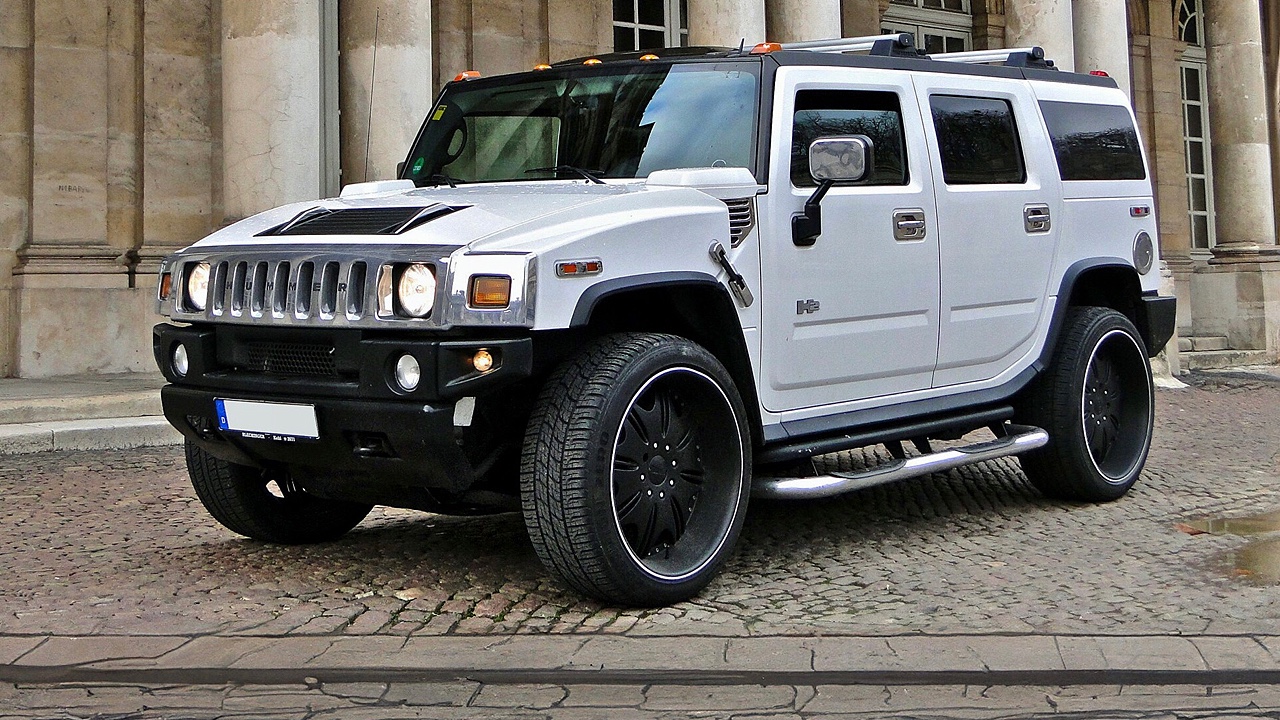
When the Hummer H2 debuted in the early 2000s, everyone wanted one. Its size, rugged military-inspired design, and luxurious interior made it a top choice among celebrities and athletes, earning it a cult following.
However, the H2 had a big problem. Its massive size and thirsty 6.2-liter V8 made it a gas guzzler. It reportedly had a 10 MPG combined rating, making it one of the vehicles with the worst fuel economy ever.
Lincoln Blackwood

In the early 2000s, Ford’s luxury division Lincoln had the not-so-genius idea of selling a luxury pickup truck called the Blackwood. To build the Blackwood, Lincoln picked the Ford F-150 SuperCrew’s platform and equipped it with various luxury features you couldn’t find in other trucks, including high-quality leather upholstery, multi-zone climate control, black oak wood interior trim, heated and cooled seats, and a carpeted cargo area with LED lighting.
While the Lincoln Blackwood excited gearheads at first, buyers quickly realized that it was pretty much useless as a pickup truck as it had a much smaller cargo bed than the F-150 it was based on and was only available in 2WD.
2002 Ford Thunderbird

The original Thunderbird was a two-door roadster that Ford introduced in 1955 to take on the Chevy Corvette. However, the Thunderbird quickly transformed into a large, boring coupe that couldn’t compete against the sporty Corvette, and it stayed that way for decades until its discontinuation towards the end of the 20th century.
In 2002, the renaissance of retro styling led Ford to develop a new Thunderbird generation that would help gearheads fall back in love with it. Unfortunately, Ford messed up the design, which looked ugly, and they also chose a 3.9-liter Jaguar v8 that only made 252-hp originally.
Fisker Karma

Before Tesla started the EV wave and took over the industry, Fisker looked like the more promising EV manufacturer thanks to the Karma. The Fisker Karma debuted in 2011 and caused a lot of excitement. It had a gorgeous design, advanced tech like solar panels on the roof, and, even though it was technically a hybrid, it could be charged from the grid and had an all-electric mode.
Sadly, the Karma had a few issues. First was the price — it cost over $100,000. It was also slow, topping out at 125 mph despite having 403-hp. Things kept getting worse for the Karma as buyers reported battery failures and even fire incidents, eventually leading to the company’s collapse.
DeLorean DMC-12
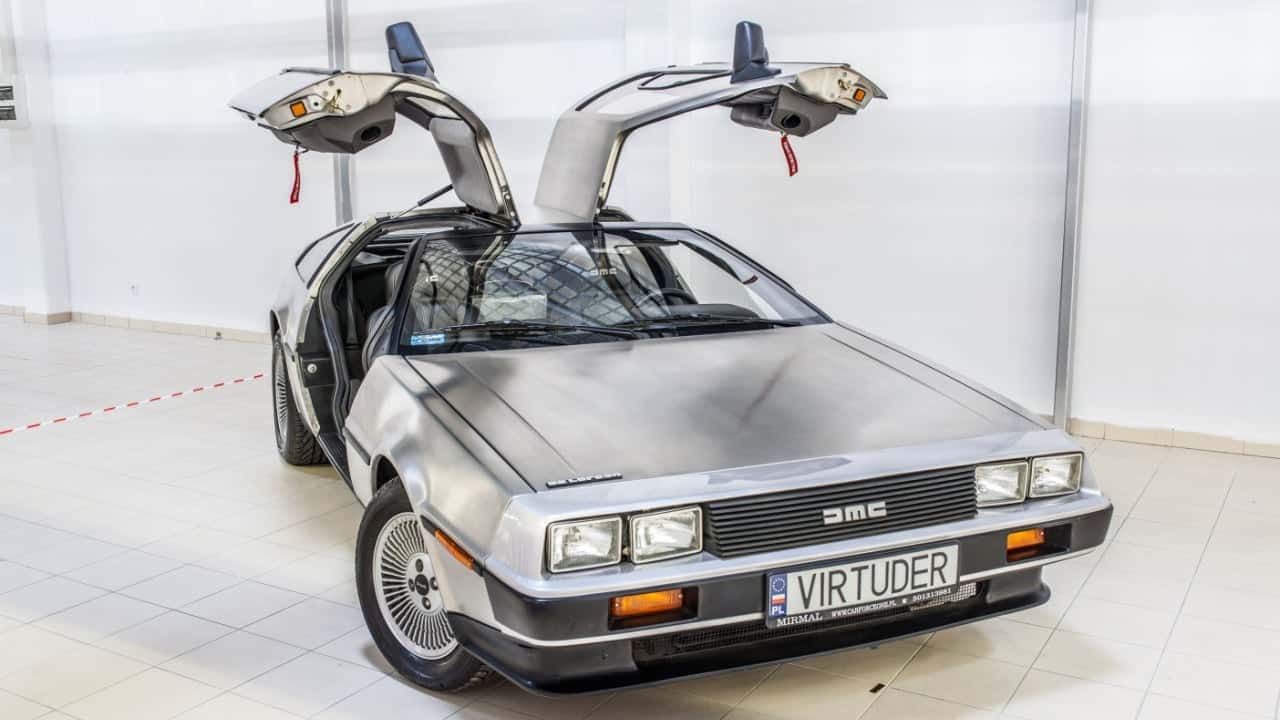
John DeLorean is a legend of the American auto industry, known for his involvement in the rise of popular models like the Pontiac GTO. After his stint at General Motors, DeLorean left to start his own car-making business to fulfill his dream of building an American sports car that could compete against European rivals.
DeLorean’s first and only car was the DMC-12, which was initially promising. Its head-turning wedge-shaped design, created by Giorgetto Giugiaro, made it seem right at home next to Lamborghinis and Ferraris. However, the DMC-12 was nothing like a Lamborghini in the performance department, as it only had a 130-hp Peugeot V6. The DeLorean is awesome to look at but not so much to drive.





